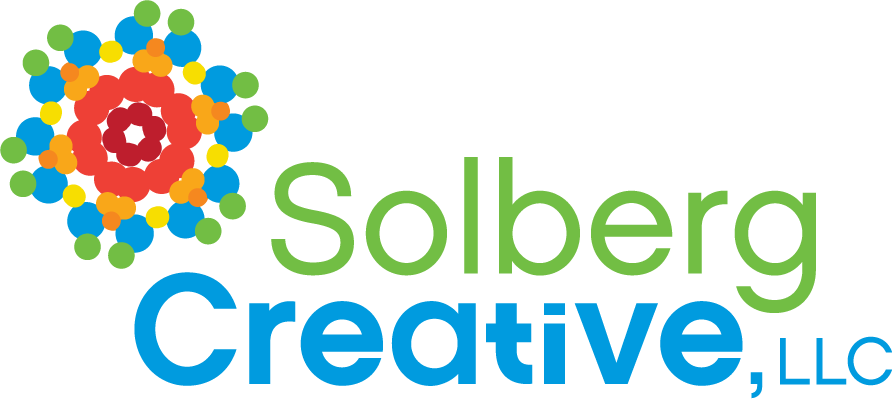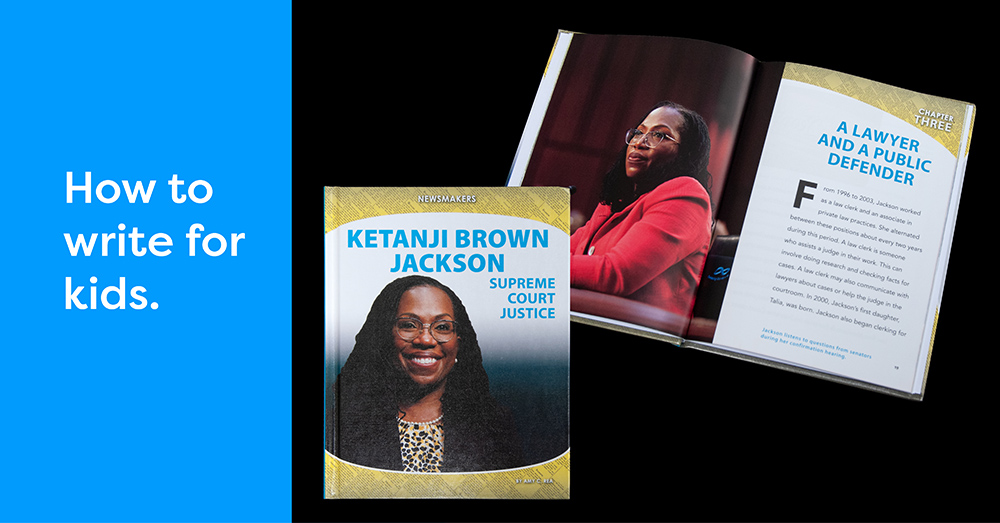I’ve done a fair amount of writing for children in the form of K-12 curricula and related training materials for afterschool programs and for a children’s educational book publisher. People often wonder what it’s like writing for kids and how it differs from writing for adults.
Younger, Easier, Harder
This may sound like a paradox, but here goes: The younger the audience, the easier the text needs to be for them to read. And that’s harder for the writer.
It’s not just a matter of writing short sentences. How the sentences are structured matters too. For example, look at the sentence above starting “The younger the audience.” That’s a fine sentence for older readers, but if we’re talking early- to mid-elementary, it’s a complicated sentence. For that audience, I’d rewrite the sentence to be something like this:
Younger readers need books to be easier to read.
Active vs. Passive
That sentence is easier to read. But: the phrase “to be easier to read” is passive voice. Whenever possible for children’s writing, active voice is better. (Grammarly has a great primer on active vs. passive.) While that sentence is shorter, it’s passive. So I’ll try again:
Younger readers need books they can read easily.
Every Word Counts
Now we’re down to the word-by-word level. I have a shorter sentence with no run-on clauses that’s in the active voice. But: Do I really need to say “younger readers”? What if I just say “children”? Or, if the outlet I’m writing for has a casual, colloquial voice, “kids”?
It’s not always possible to avoid clauses, nor is it always possible to avoid passive voice. But for each sentence I write, I look at those factors to see if I can shorten and activate.
Vocabulary
Obviously I’ll avoid long, difficult words for the youngest readers. But there are times, especially when writing educational materials, that I don’t have a choice. Then I need to figure out how to explain the definition of the word in question in a way that the youngest readers will understand it.
I have a secret weapon for this: Wordsmyth. It’s an excellent young reader’s dictionary and thesaurus. Now, I don’t copy and paste their definitions—that’s plagiarism, and plagiarism’s a hard no from me. But it gives me ideas of how to come up with easily understood definitions for words such as “nutrients” or “interface” (actual words I’ve had to define recently in kids’ books).
This can be hard work. It’s not uncommon for me to be able to knock out a 1,500-2,000-word article for an adult audience in a fraction of the time it takes me to write an 800-word children’s book. But I enjoy it, because it’s such a different type of writing and uses different parts of my brain. And all our brains can benefit from workouts, right?
Learn more about Amy’s children’s writing here, or contact us for more information.

